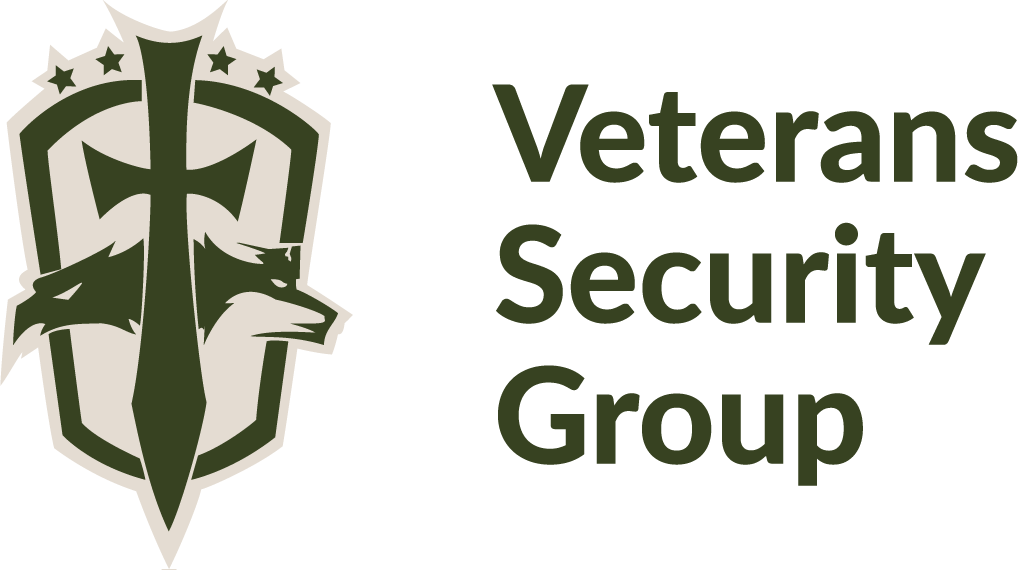Armed security personnel with Veterans Security Group undergo extensive and rigorous training to ensure they are prepared to handle a wide variety of security challenges effectively and responsibly. Our typical armed guard training includes the following:
- Firearms Training: Firearms training is the cornerstone of armed security training. It includes instruction on firearm safety, marksmanship, weapon handling and proficiency in the use of various types of firearms. Trainees learn to handle firearms safely and effectively under various conditions, including low light and high-stress situations.
- Legal and Ethical Training: Armed guards must understand the laws and regulations governing the use of force, including when lethal force is justified. They also receive training on ethical decision-making and conflict resolution techniques to minimize the need for the use of force whenever possible.
- Physical Fitness and Defensive Tactics: Physical fitness is crucial for armed security personnel, as they may need to respond quickly to threats or emergencies. Training often includes exercises to improve strength, endurance and agility, as well as instruction in defensive tactics such as hand-to-hand combat and restraining techniques.
- Emergency Response Training: Armed guards are trained to respond to various emergencies, including active shooter situations, medical emergencies and natural disasters. They learn how to assess threats, communicate effectively with emergency services and evacuate or secure the area as necessary.
- Surveillance and Observation: Armed guards must be vigilant and observant to identify potential security threats before they escalate. Training includes techniques for surveillance, threat assessment and situational awareness to detect suspicious behavior or activities.
- Communication Skills: Effective communication is essential for armed security personnel to coordinate with colleagues, interact with the public and de-escalate tense situations. Training covers verbal and non-verbal communication techniques, conflict resolution strategies and crisis negotiation skills.
- Scenario-based Training: Trainees participate in realistic scenarios designed to simulate various security challenges they may encounter on the job. These scenarios allow them to apply their skills and knowledge in a controlled environment and receive feedback from instructors to improve their performance.
- Continuing Education and Recertification: Training doesn’t end after initial certification. Armed guards are required to undergo regular continuing education and recertification to stay up to date on changes in laws, regulations and best practices, as well as to maintain their proficiency in firearms and other skills.
At Veterans Security Group, our armed security training is comprehensive and demanding, equipping guards with the knowledge, skills and mindset necessary to protect lives and property in a variety of security situations. Get in touch with us to learn more.
